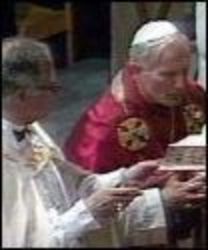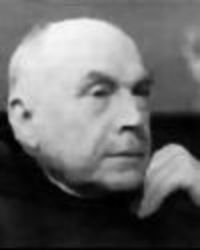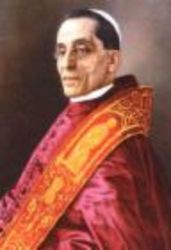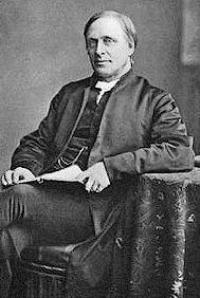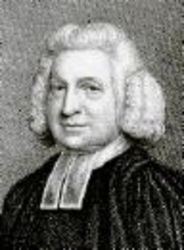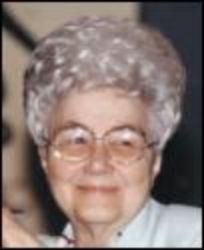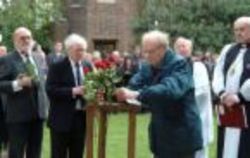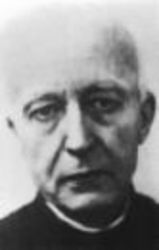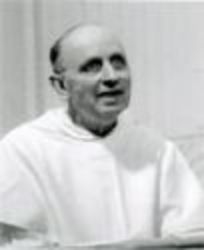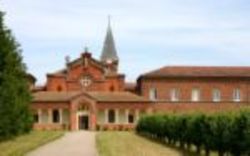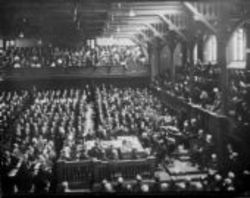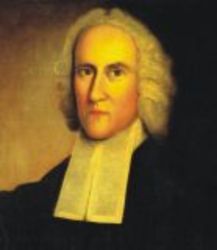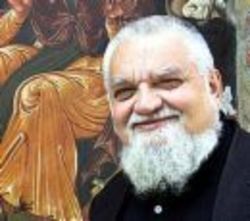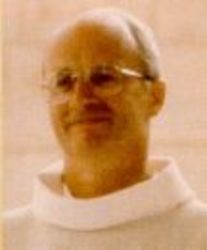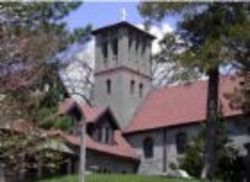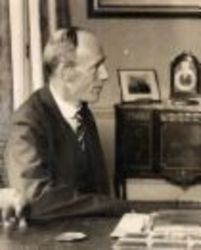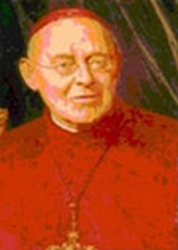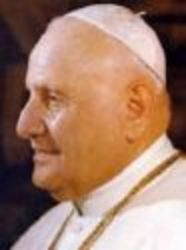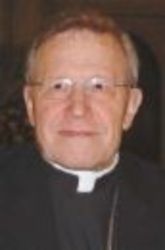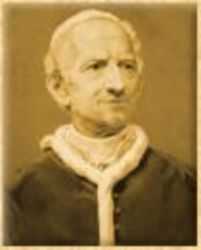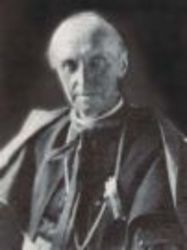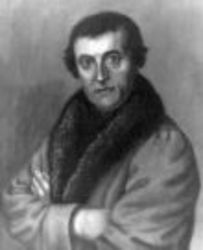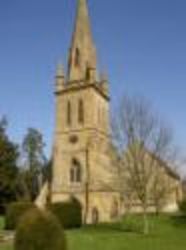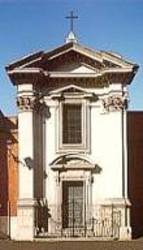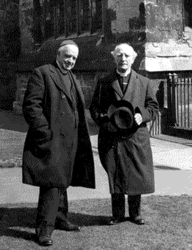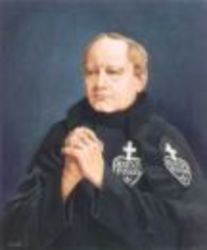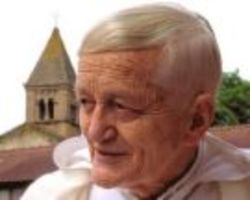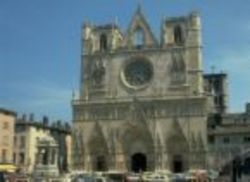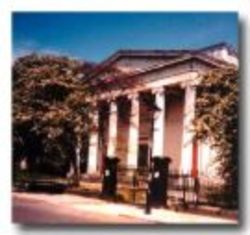Week of Prayer for Christian Unity: Gallery
Home
Some History
1744 - 1908
1908 - today
Why Pray?
Why January?
Paul Wattson
Paul Couturier
Resources
Centenary
Links
Gallery
Pray without ceasing
The pictures in the Gallery show some of the significant people, places and movements associated with the Week of Prayer, its origins, history and developing life, as explained in the notes beneath them. Click on any image to visit a related website.
Lambert Beauduin, founder of the Monks of Unity, now at Chevetogne in Belgium. The community inspired Paul Couturier to refound the Week of Prayer for Christian Unity
Pope Benedict XV who extended the observance of the Church Unity Octave, the early form of the Week of Prayer, to the whole of the Catholic Church in 1916, to promote peace and reconciliation at the height of World War I
Archbishop Edward Benson of Canterbury. In 1894 he called for Whitsunday (Pentecost) to be a day of Prayer for Anglican and Roman Catholic unity as the commission met in Rome to discuss Anglican faith and order
Charles Wesley, whose centenary occurred in 2007. In 1788 he wrote a poem, Catholic Love, in response to a sermon by his brother John on Catholic Spirit. This called for a spiritual inclusiveness beyond church boundaries and Charles' poem aspired to unity in 'the hidden Church unknown', prefiguring Paul Couturier's 'Invisible Monastery' of prayer transcending Church divisions
Chiara Lubich, founder of Focolare, the great ecumenical lay moment to build peace, reconciliation and mutual love in the aftermath of the destruction of Europe and human society during the Second World War
The brothers of Sutton's Hospital at Charterhouse lay flowers on a model of the Tyburn Tree, in memory of Saint John Houghton and his fellow Carthusians who were among the first to be martyred under Henry VIII at the division of the Church of England from the Catholic Church. Nowadays their faithfulness is seen as part of the patrimony of all English Christians, fostering deeper unity to heal the historic wounds of mutual persecution and schism
Paul Couturier, 'apostle of unity', who recast the essentially Catholic Church Unity Octave as a Week of Universal Prayer for the Unity of Christians in 1933
Yves Congar OP, the Dominican expert whose work on ecclesiology - the structure, nature and purpose of the Church - profoundly influenced the Second Vatican Council, especially 'Lumen Gentium', the Dogmatic Constitution on the Church, which brought in a new attitude to relations with other Christians. Congar met Paul Couturier at Amay-sur-Meuse, home of the Monks of Unity, and came to be impressed with his single-minded understanding of 'spiritual ecumenism'. This very term was itself incorporated into the Council's Decree on Ecumenism
The Abbey of Les Dombes. In 1937 Paul Couturier invited theologians and church people, half Catholics the others half Reformed or Lutheran, to meet in dialogue and discuss each others' understanding of the Christian faith. An early outcome of the newly renewed Week of Prayer for Christian Unity it meets every year to this day as the 'Groupe des Dombes'. Nowadays the Abbey is home to the Chemin Neuf Community, a new Catholic religious community with an ecumenical vocation. It cares for the Paul Couturier archive and continues his work and vision
The World Missionary Conference of 1910 at Edinburgh. Regarded by many as the formal beginning to the modern ecumenical movement. It was convened to deal with the problems and scandal of so many denominations effectively acting in competition in mission around the world. Eventually the work and collaboration it commissioned led to the foundation of the World Council of Churches in 1949. It is perhaps significant that the Edinburgh Conference convened only two years after the first observance of the Church Unity Octave, the first form of the Week of Prayer for Christian Unity
Jonathan Edwards, for centuries 'America's greatest theologian', whose calls for 'A Concert of Prayer… for the revival of religion' among the different churches touched by North America’s 'Great Awakening' the early pentecostal revival movement, at agreed, set times set an early precedent and inspiration for the Week of Prayer in the twentieth century
Enzo Bianchi, prior of the Monastery of Bose. As a 21-year-old layman he began his monastic life in an abandoned farm between Milan and Turin to live the life of the Church envisaged at the Second Vatican Council which had just closed. Today Bose is a leading centre for ecumenical encounter and friendship
Laurent Fabré, founder of the Communauté du Chemin Neuf, established in the wake of the Second Vatican Council in Lyon, to sustain Christian marriage and family life, and to live the ecumenical vocation envisaged in the decrees of the Council and in the life's work of Paul Couturier
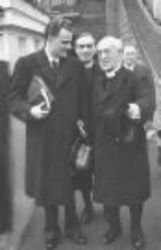
Billy Graham, the American evangelist, and Geoffrey Fisher, Archbishop of Canterbury together at Wembley Stadium in 1954 for a mission to promote renewal and conversion in the life of the Church and the people of Britain
St Francis Chapel at Graymoor, Garrison NY, USA, where the Church Unity Octave was first kept in January 1908
Lord Halifax, who led the Anglican participants in the Malines Conversations from 1921 to 1925, under the presidency of Cardinal Mercier, archbishop of Malines-Brussels
Arthur, Cardinal Hinsley, archbishop of Westminster 1935-1943, who inspired the Sword of the Spirit movement at the height of the London Blitz during World War II. This popular movement prayed and called for peace and the reconstruction of Europe - including the restoration of Germany - after the conflict. At the great meeting in the Albert Hall in 1942 Cardinal HInsley and the Anglican archbishop of Canterbury, Cosmo Lang, were moved to say the Lord's Prayer together for the first time
